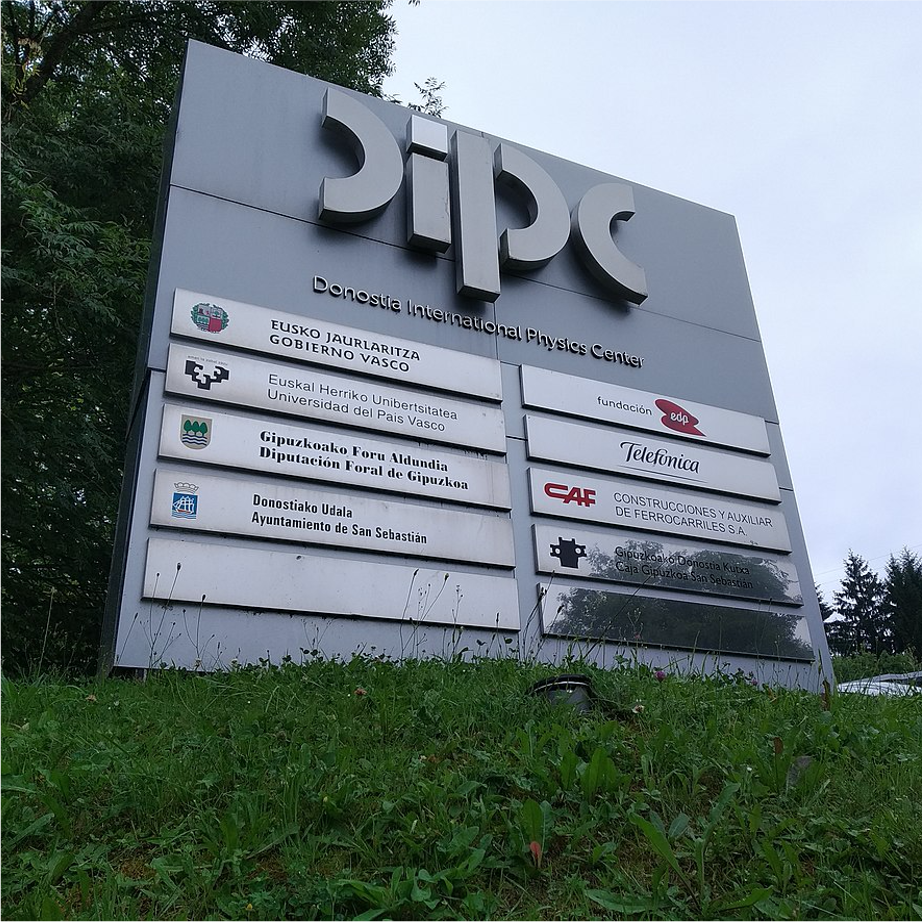Thermally activated delayed fluorescence (TADF) is a photophysical process taking place in organic materials in which a triplet excited state up-converts to an excited singlet that eventually decays radiatively. The thermal population of the singlet manifold requires very small singlet-triplet energy gaps and efficient ISC. TADF molecules have had a great impact in the development of efficient organic light emitting diodes (OLED) devices [Nature 492 (2012) 234], which has become the most promising alternative to traditional light sources and have shown great capabilities in many applications such in digital displays. The TADF process allows overcoming the statistical 25% internal efficiency of exciton formation, which has stimulated a lot of interest in the development of TADF materials. But, in spite of the great advances in the field, both experimental and theoretical, the development of a complete TADF theory and the design of TADF materials is still in its infancy and much progress is anticipated to occur in the coming years [Chem. Soc. Rev. 46 (2017) 915].
Objectives
Two aspects are of particular interest in our group:
- Achieve deeper understanding of the mechanistic details of the TADF phenomenon
- Find new types of molecules as efficient TADF alternatives in order to increase current efficiencies.
Recent publications
- Z. Xu, D. Hean, C. Climent, D. Casanova, M. O. Wolf
Switching between TADF and RTP: anion-regulated photoluminescence in organic salts and co-crystals
Mater. Adv. 2, 5777 (2021)




